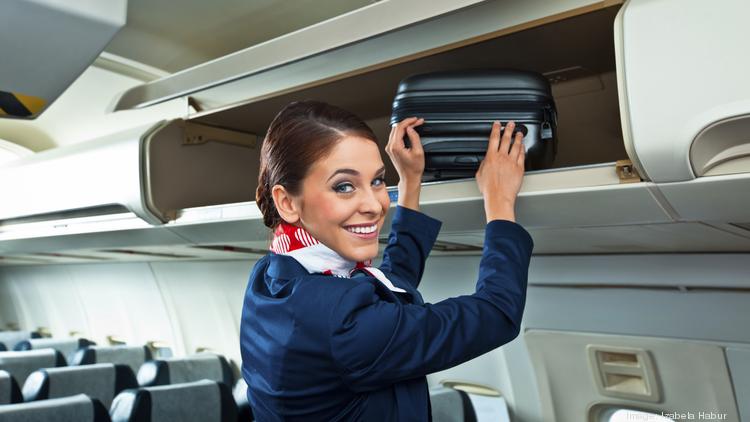The number of cabin crew members on commercial aircraft varies based on factors such as aircraft size, passenger capacity, and flight duration. Regulations established by aviation authorities like the Federal Aviation Administration (FAA) mandate minimum crew requirements to ensure passenger safety and service standards. This article explores the intricacies of cabin crew staffing on both commercial and private aircraft, shedding light on regulatory requirements, operational considerations, and industry practices.
Regulatory Framework
The FAA mandates minimum cabin crew requirements for commercial aircraft, stipulating a ratio of one flight attendant per 50 passengers. This regulation aims to ensure adequate crew coverage for emergency procedures, passenger assistance, and onboard services. Additionally, cabin crew must undergo rigorous training and certification to fulfill their duties effectively, including safety drills, medical training, and customer service protocols.
Factors Influencing Cabin Crew Numbers
Several factors influence the number of cabin crew assigned to a flight, including aircraft type, passenger capacity, and flight duration. Larger aircraft with higher passenger capacities require additional crew members to maintain safety and service standards. Furthermore, long-haul flights may necessitate extra crew members to manage fatigue and provide adequate rest periods during extended operations.
Operational Considerations
Airlines may opt to deploy more cabin crew than the minimum regulatory requirement to enhance service quality and passenger satisfaction. Factors such as pet transportation, emotional support animals, and special assistance requirements may necessitate additional crew members to accommodate diverse passenger needs effectively. Moreover, operational contingencies such as deadhead flights and crew rest rotations contribute to fluctuations in cabin crew numbers across different flight scenarios.
Industry Practices
In practice, airlines strive to strike a balance between regulatory compliance, operational efficiency, and passenger service standards when determining cabin crew staffing levels. While adhering to minimum crew requirements ensures regulatory compliance, airlines may choose to exceed these standards to enhance onboard service quality and address evolving passenger preferences. Moreover, crew scheduling and rostering mechanisms play a crucial role in optimizing crew utilization and maximizing operational efficiency.
Conclusion
Cabin crew requirements on commercial aircraft are governed by regulatory standards, operational considerations, and industry practices aimed at ensuring passenger safety and service excellence. By adhering to minimum crew ratios, airlines prioritize safety and emergency preparedness while striving to meet the diverse needs of passengers during flight. As aviation continues to evolve, cabin crew staffing practices will adapt to accommodate changing travel patterns, technological advancements, and regulatory mandates, ensuring a seamless and enjoyable flying experience for passengers worldwide.

